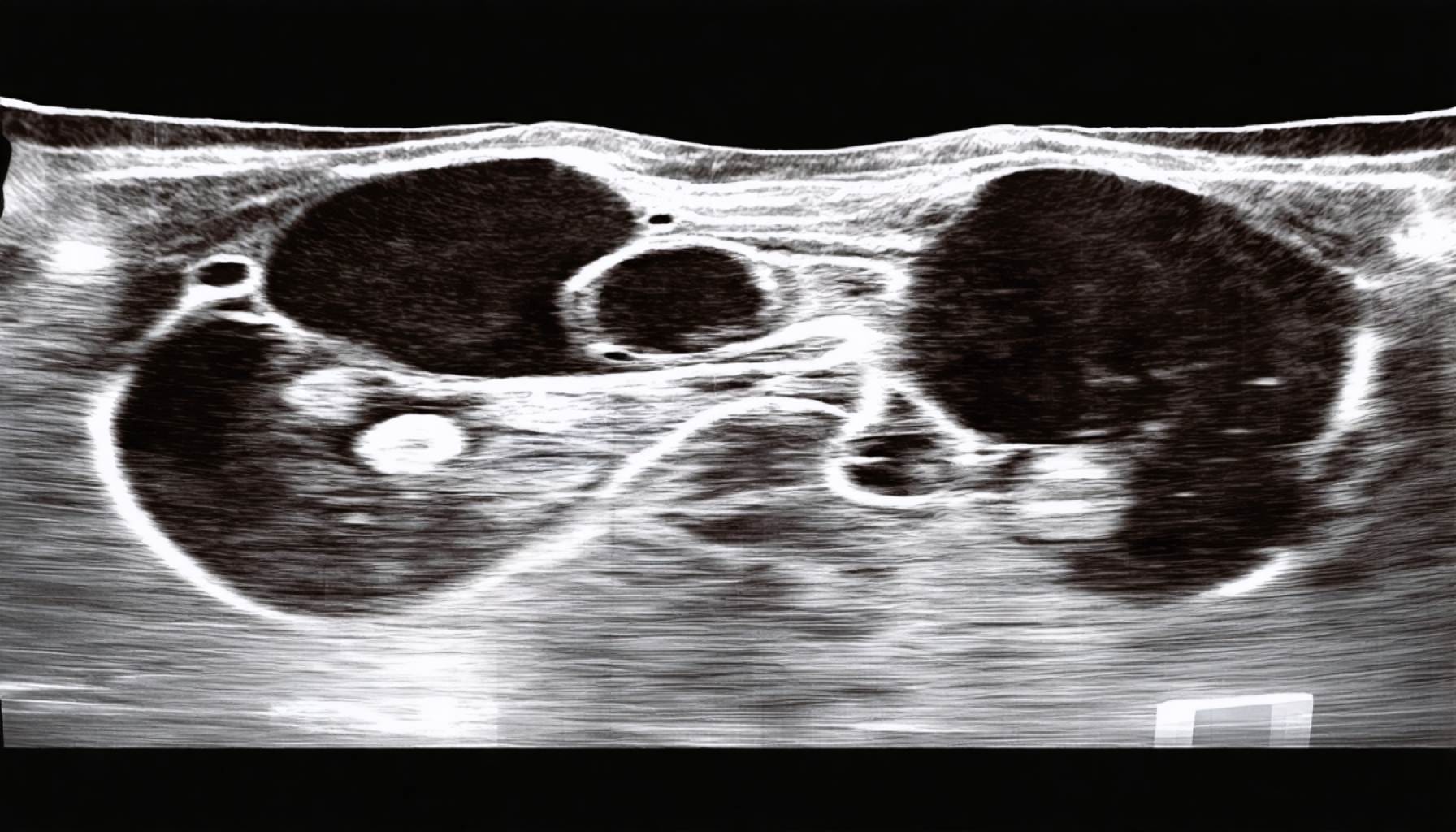- UVA Health introduces a groundbreaking, non-invasive treatment for liver cancer using histotripsy, which uses ultrasound waves to destroy tumors without surgery.
- Histotripsy offers a less painful alternative to traditional treatments, reducing risks, discomfort, and recovery time for patients.
- This innovative procedure particularly benefits patients ineligible for surgery, expanding treatment options.
- Medical experts suggest that histotripsy could transform liver disease management by focusing on improving quality of life, not just prolonging it.
- The development marks a major advancement in cancer care, highlighting the potential of technology in enhancing treatment outcomes.
Amidst the quaint and serene landscapes of Virginia, a medical breakthrough is infusing hope into the liver cancer landscape. At the forefront is UVA Health, launching a game-changing, non-invasive procedure that may transform the prognosis for many liver cancer patients.
Envision a future where battling cancer no longer means surgery, with its inevitable scars and long recovery. Here, sophisticated ultrasound waves do the work, meticulously pulverizing tumors without a single incision. This cutting-edge treatment, known as histotripsy, harnesses the power of sound to disrupt and destroy cancerous tissues, paving the way for faster recoveries and better quality of life.
Picture a patient who’s been wrestling with the relentless grasp of cancer for years, enduring numerous rounds of chemotherapy and feeling surgery is an insurmountable mountain. For these warriors, histotripsy offers a lifeline—a gentle yet potent approach that sidesteps the challenges tied to traditional treatments. By eliminating the need for needles and surgical wounds, this innovative method reduces risk and discomfort, while promising a swifter return to daily life.
UVA Health’s introduction of histotripsy marks a milestone in medical history, not just for Virginia, but for global oncology practices. This technique is especially crucial for individuals deemed ineligible for surgery, broadening the horizon of treatment options available.
Medical professionals underline the significance of this development, positing that it may alter the narrative of liver disease management. No longer is it merely about extending life—but about enhancing it. This shift symbolizes a courageous step towards embracing technology in the fight against one of humankind’s most formidable foes.
In a world increasingly in search of medical miracles, UVA Health’s endeavor heralds a beacon of optimism. As the capabilities of ultrasound technology unfold, the implications for cancer care are profound, reminding patients that science’s relentless march continues, armed with new tools and boundless possibilities.
The future of liver cancer treatment is taking shape in Virginia, offering a harmonious blend of technology and humanity—a symphony where modern medicine orchestrates hope and healing.
Revolutionizing Liver Cancer Treatment: The Promise of Histotripsy
Overview of Histotripsy in Liver Cancer Treatment
The innovative approach known as histotripsy is poised to revolutionize liver cancer treatment. Unlike traditional methods requiring invasive surgeries, histotripsy leverages high-intensity ultrasound waves to disrupt and destroy cancerous tissues non-invasively. This method, pioneered by UVA Health in Virginia, opens new avenues for patients, especially those who are not eligible for surgery, embodying a shift from merely prolonging life to enhancing the quality of living.
How Histotripsy Works
1. Ultrasound Guidance:
– The procedure begins with precision imaging to locate the tumor.
2. High-Intensity Pulses:
– Targeted ultrasound pulses are used to mechanically disrupt the tumor structure, transforming it into small pieces.
3. Natural Elimination:
– The body gradually absorbs and eliminates the remnants of the treated tissue.
Benefits of Histotripsy
– Non-Invasive: No incisions required, minimizing risk of infection or other complications associated with surgery.
– Reduced Recovery Time: Patients often experience significantly shorter recovery periods, allowing a faster return to normal activities.
– Fewer Side Effects: By eliminating the need for chemotherapy or radiation in certain cases, patients often avoid the severe side effects associated with these treatments.
Real-World Use Cases
Histotripsy is not just theoretical—it offers tangible benefits for patients who have limited options due to the location or stage of their tumors. Additionally, it is suitable for recurring cancer cases where previous treatments may no longer be viable.
Market Forecasts & Industry Trends
The global ultrasound device market is expected to grow significantly, driven by advances like histotripsy. With the aging population and increased incidence of cancer, the demand for non-invasive, effective treatment is likely to soar.
Controversies & Limitations
While promising, histotripsy may not yet be widely available due to the need for specialized equipment and training. Additionally, its long-term efficacy compared to traditional treatments is still under study, making it crucial for patients to consult with their healthcare providers regarding options.
Expert Insights
Experts believe that histotripsy is not just a treatment but a pivotal shift in cancer care, emphasizing quality of life and patient comfort. The procedure’s reliance on advanced imaging and targeting suggests that ongoing technological advancements will only improve its accessibility and effectiveness.
Quick Tips for Patients Considering Histotripsy
– Consult Your Oncologist: Ensure your condition is suitable for histotripsy and discuss potential risks and benefits.
– Seek a Specialist: Find a healthcare provider experienced in advanced ultrasound treatments for the best outcomes.
– Stay Informed: Follow ongoing studies and advancements to stay updated on new findings about histotripsy.
Conclusion
UVA Health’s introduction of histotripsy marks a significant breakthrough in medical history, offering hope and new possibilities in liver cancer treatment. By blending cutting-edge technology with patient-focused care, it stands as a testament to the transformative power of modern medicine.
For more information on innovative cancer treatments and health breakthroughs, visit the UVA Health website. Stay empowered with the latest health insights and make informed decisions for a brighter future.








